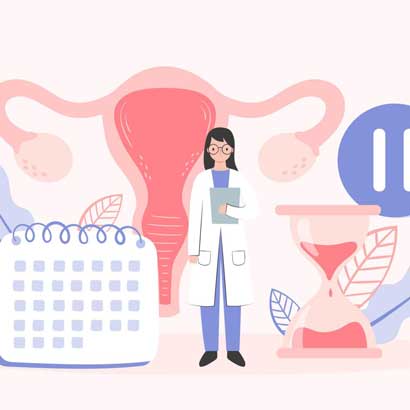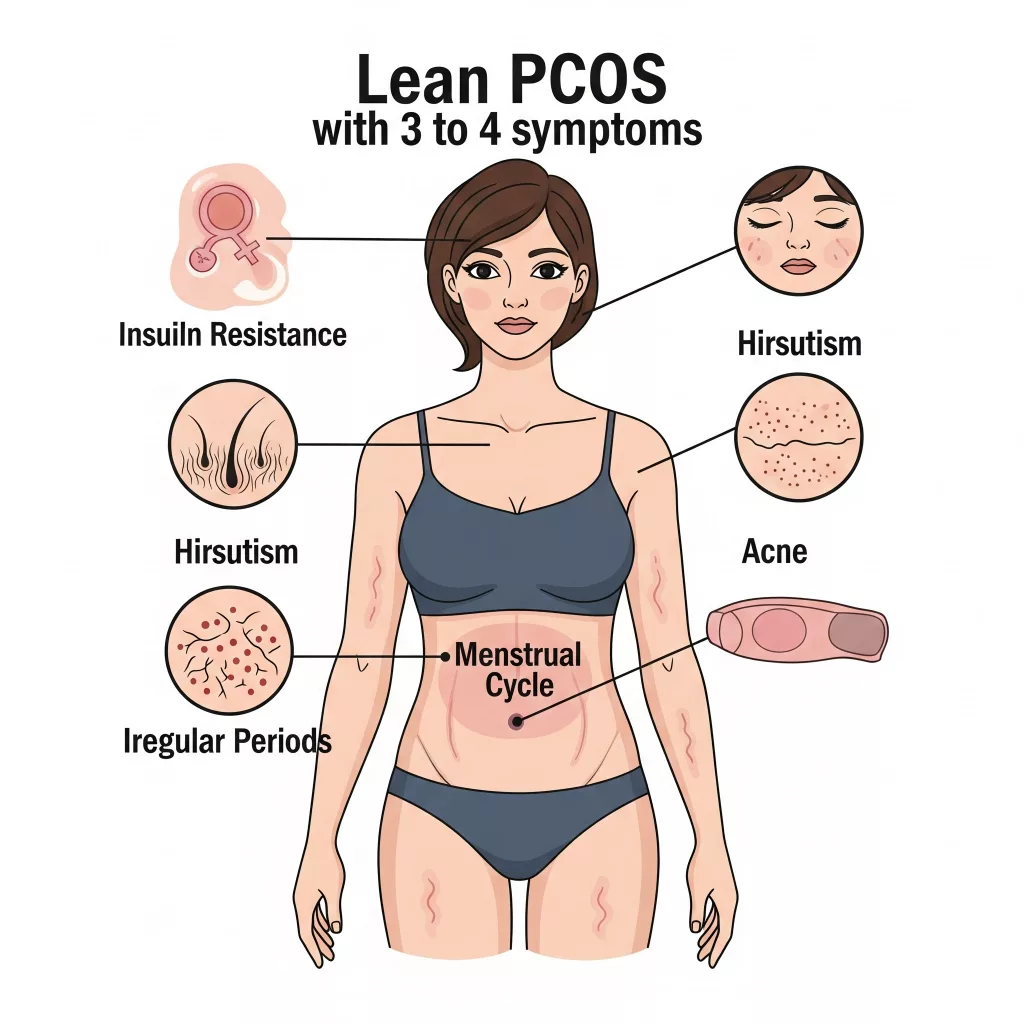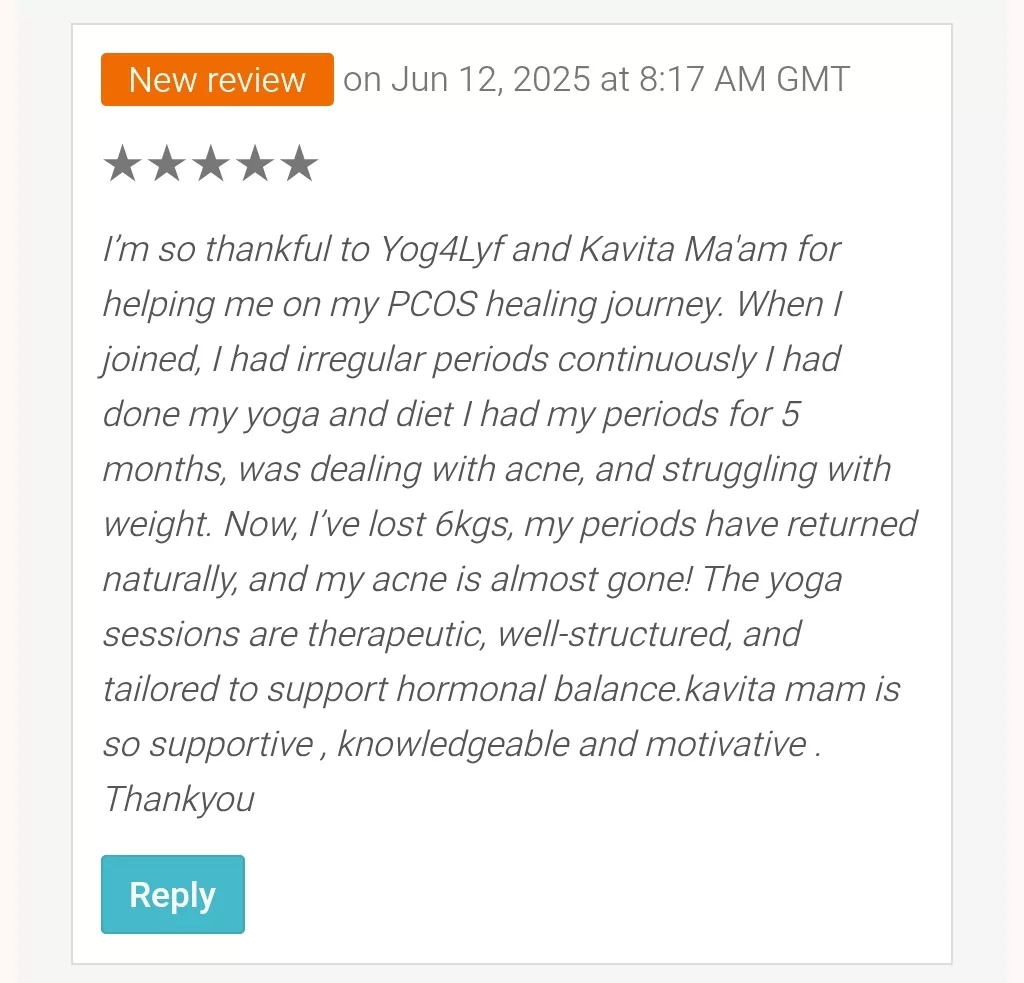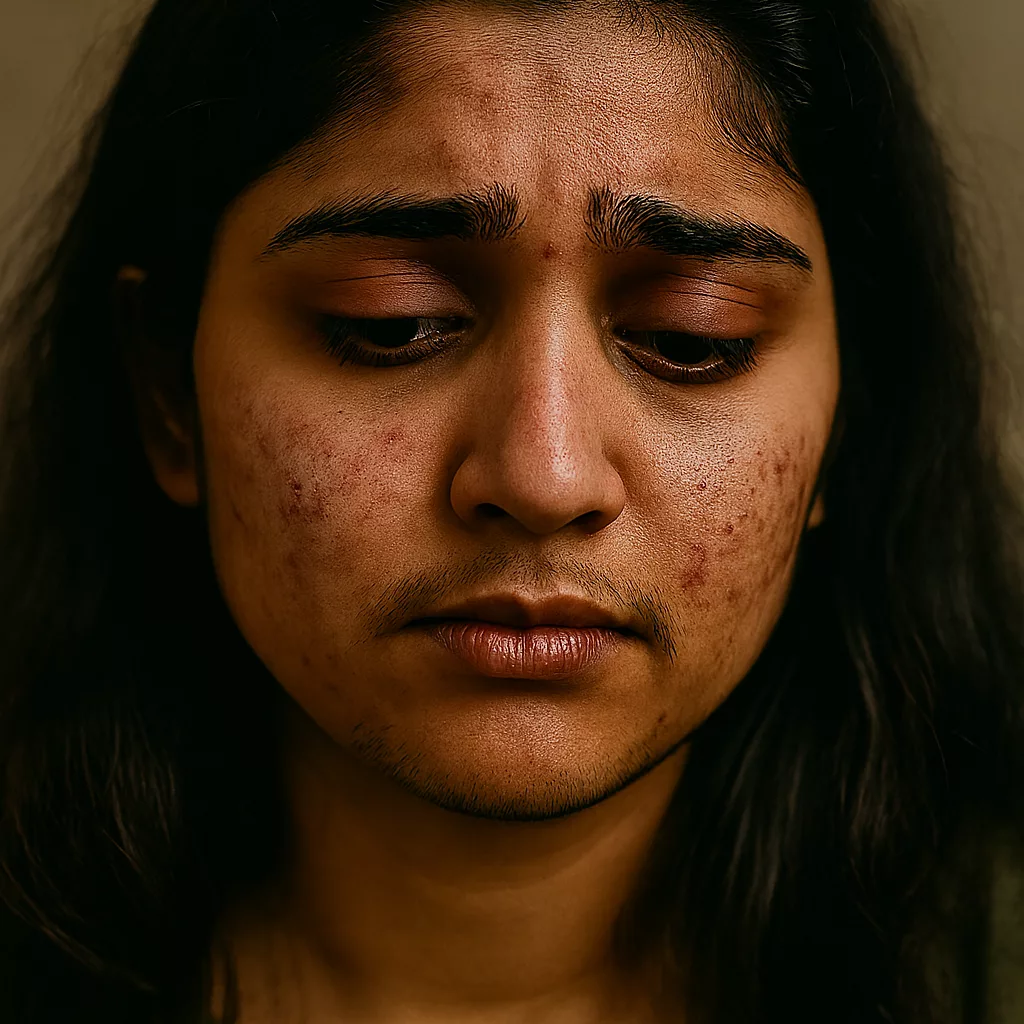
Unwanted facial or body hair growth can be emotionally distressing for women. When thick, dark hair appears in areas like the chin, chest, abdomen, or back, it is often a condition called hirsutism. At its root, hirsutism happens when there is an excess of androgens, the male hormones present in small amounts in women. Conditions such as Polycystic Ovary Syndrome (PCOS), insulin resistance, or thyroid imbalance can trigger this hormonal shift. In many women, stress, poor sleep, and an unhealthy lifestyle further worsen the condition.
Beyond being a cosmetic concern, hirsutism can be a signal that your body’s hormonal balance needs care and attention. Rather than only focusing on external treatments like waxing or laser hair removal, it’s equally important to nurture the inner hormonal environment. Yoga plays a vital role in this healing process.
Causes of Facial Hair in Women
Facial hair growth in women, or hirsutism, usually happens due to an excess of androgens, the hormones responsible for male traits like body and facial hair. This imbalance is most commonly linked with Polycystic Ovary Syndrome (PCOS), insulin resistance, thyroid irregularities, or adrenal gland disorders. Sometimes, long-term use of birth control pills, steroids, or certain hormonal medications can also disturb the body’s natural rhythm, causing unwanted hair growth. High levels of stress, migrane and poor sleep further increase cortisol, which indirectly boosts androgen levels and worsens the condition. Recognizing these root causes helps in addressing the internal imbalance instead of just the external symptom.
Can Yoga Reduce Facial Hair
Yoga works at the level of the endocrine system the network of glands that regulate hormones. Certain asanas and breathing practices improve the function of the adrenal glands, ovaries, pancreas, and thyroid, all of which influence androgen production. By balancing these glands, yoga helps in reducing excess testosterone, improving insulin sensitivity, and calming the nervous system.
Regular practice also promotes blood circulation, detoxifies the body, and reduces stress hormones like cortisol, which often worsen hormonal imbalances. Over time, this inner harmony reflects outwardly improving skin texture, menstrual regularity, and overall vitality.
Yoga Course for PCOD and Facial Hair
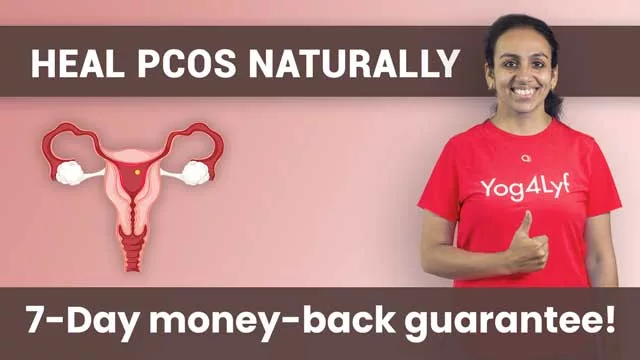
Yoga for reducing Facial Hair
1. Bhujangasana (Cobra Pose)
This posture stimulates the adrenal glands and helps regulate cortisol and androgen levels. It also enhances blood flow to the pelvic area, improving ovarian function.
How to do it:
Lie on your stomach, place your palms near your shoulders, and gently lift your chest while keeping the pelvis grounded. Breathe deeply for 5–6 breaths before relaxing.
2. Setu Bandhasana (Bridge Pose)
Bridge pose improves thyroid and pituitary gland function, both of which play key roles in hormonal harmony. It also relieves stress and anxiety.
How to do it:
Lie on your back, bend your knees, and lift your hips upward while pressing your feet into the ground. Keep your chest open and hold for a few breaths.
3. Dhanurasana (Bow Pose)
This asana boosts metabolism and stimulates the reproductive organs, helping in balancing sex hormones and reducing excess hair growth over time.
How to do it:
Lie on your stomach, bend your knees, hold your ankles, and lift your chest and thighs upward to form a bow shape. Breathe steadily and stay for a few seconds before releasing.
4. Paschimottanasana (Seated Forward Bend)
This calming pose regulates menstrual cycles, tones the abdominal organs, and helps reduce insulin resistance one of the underlying causes of hirsutism.
How to do it:
Sit with your legs stretched forward, inhale to lengthen your spine, and exhale to fold forward, reaching toward your toes. Stay for 5–10 breaths.
5. Nadi Shodhana Pranayama (Alternate Nostril Breathing)
Hirsutism is often linked with stress-related hormonal fluctuations. Nadi Shodhana helps soothe the nervous system, balances both hemispheres of the brain, and stabilizes endocrine activity.
How to do it:
Sit comfortably, close one nostril, inhale through the other, then switch sides and exhale. Continue this alternate pattern for a few minutes daily.
Diet for Reducing Facial Hair
A balanced and mindful diet plays a vital role in healing hormonal imbalances that cause hirsutism. Including whole grains, fresh fruits, vegetables, seeds, and healthy fats like ghee and nuts can support hormone production and improve insulin sensitivity. Spearmint tea is known to help lower testosterone naturally, while foods rich in omega-3 fatty acids and zinc can balance estrogen and androgen levels. It is equally important to limit refined sugar, dairy, processed foods, and caffeine, which can spike insulin and worsen hormonal disturbances. Eating simple, home-cooked meals, staying hydrated, and maintaining a consistent eating schedule can make a significant difference in balancing hormones and improving overall skin and hair health.
A Yog4Lyf’s Holistic Approach via :- Yog4Lyf App
In our app you will get
Live Classes: Morning and evening sessions for all fitness levels.
Diet Plans: Nutrition guides to complement yoga practice.
Community Support: Forums to share experiences and victories.
The Yogic Way to Heal from Within
Hirsutism may take time to improve, but with consistent yoga practice, mindful eating, and emotional care, your body begins to find its natural rhythm again. Yoga does not offer an overnight solution it offers sustainable healing.
At Yog4Lyf, we believe that every woman deserves to feel confident and at peace with her body. By committing to a regular yoga practice, you’re not just addressing unwanted hair, you’re healing the hormonal imbalances beneath it and nurturing your inner strength, one breath at a time.





